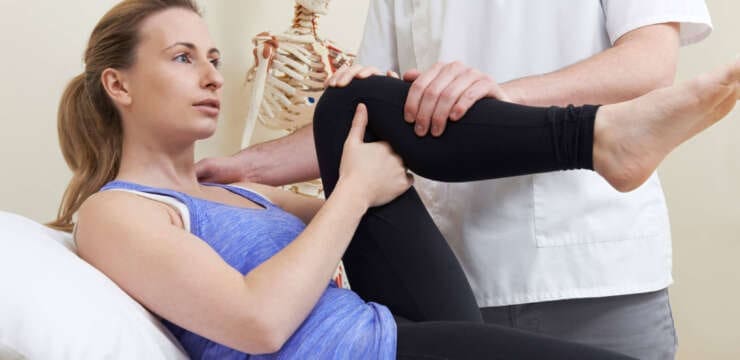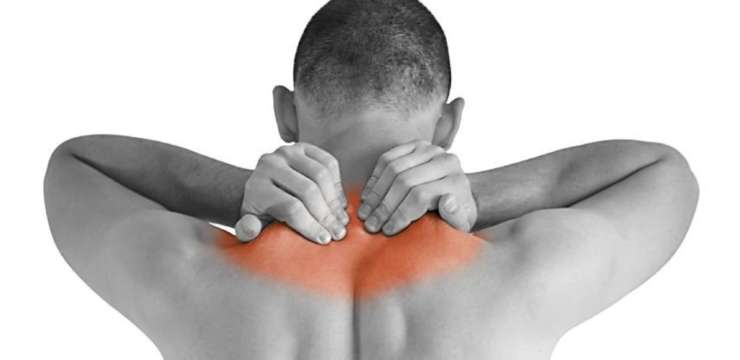Learn about the transformative effects of gua-sha with chiropractic care for healthier joints and improved body function. Introduction When it comes to many individuals dealing…


Learn about the transformative effects of gua-sha with chiropractic care for healthier joints and improved body function. Introduction When it comes to many individuals dealing…

Can individuals experiencing back pain from various factors incorporate MET (muscle energy techniques) to restore mobility? Factors That Causes Back Pain More often than not,…

Incorrect manual handling and lifting is a leading cause of workplace injuries. Can health and safety training help reduce injuries and lost workdays? Correct Manual…

Can athletic individuals incorporate MET (muscle energy techniques) therapy to reduce the pain-like effects of adductor strain? Introduction The body’s lower extremities have an important…

Can incorporating acupressure provide effective relief and benefits for individuals looking to try natural treatments for common health ailments? Acupressure Acupressure is a type of…

Golfing wrist injuries are common with treatment requiring 1-3 months of rest and immobilization and if tears are present surgery. Can chiropractic treatment help avoid…

Healthy posture and movement are essential for everyone, but especially for mothers-to-be. Practicing healthy posture is one of the most important contributions to a healthy…

Long-distance running, also known as endurance running, is a great way to improve fitness and relieve stress. Health experts say long-distance runners’ benefits include strong…

Walking is the most natural form of physical activity for optimal body health. It is low impact and can provide health and longevity benefits. Walking…

Improving posture can be challenging. Poor posture is often the source of various musculoskeletal issues like chronic pain throughout the body. Poor posture can be…

The latissimus dorsi or lats are the large flat muscles on each side covering the width of the middle and lower back. They connect the…

For cervical pain, there is often more than one cause and more than one course of treatment. To begin, the first step is to perform an inspection. The inspection can let us know if there is a deformity, instability, abnormal head posture, asymmetry, torticollis, or lower limb weakness. This is a crucial first step as it sets the tone for the course of treatment. Next, we have palpitation. This is where we examine if there is tenderness or masses. The areas to check are posterior in the midline, lateral, supraclavicular, and anterior. Midline tenderness in the cervical spine can be due to whiplash injuries and indicate more neck trauma. Range of motion is performed next. To obtain a proper diagnosis, we check the cervical motion in flexion (normal range is 80 degrees), extension (normal range is 50 degrees), lateral flexion (normal range is 45 degrees), and rotation (normal range is 80 degrees). Finally, we check for sensory. Sensory include numbness, tingling, burning, and pain in the neck, back, or extremities.Â
Causes of Neck Pain
Neck pain can be caused by a variety of things, as the list is long. However, the following list is used to rule out the most severe pathology to determine the root cause of a patient’s cervical pain.Â
Injury and Accidents- hyperextension and/or hyperflexion (whiplash)Â
Degenerative Disorder (osteoarthritis, degenerative disk disease, and spinal stenosis)Â
InfectionsÂ
Inflammatory Disorder (Rheumatoid arthritis, ankylosis spondylitis)Â
Tumors / Benign TumorsÂ
Cervical FracturesÂ
Inflammatory Disorders
As we take a closer look, we notice that at the root cause of any pain or discomfort occurring in the body is inflammation. Inflammation is needed to help the body heal. However, when inflammation is occurring for too long, problems begin to arise. Excessive inflammation begins to sends the wrong signals throughout our body, and additional hormones (like cortisol, the stress hormone) begin to be released. With additional cortisol, individuals begin to have trouble sleeping, weight gain, and headaches, eventually leading to an autoimmune disorder if not properly handled in the early stages. With inflammation running the body, orthomolecular health, and phase angle decline.Â
Phase AngleÂ
The phase angle is how health care professionals can monitor the integrity of cellular membranes. If the phase angle begins to decline, it has been linked directly to a decline in overall health. Similar to if phase angle increases, overall health is increasing. The integrity of cellular membranes is essential as cell survival depends on solid membranes. When the cellular wall is weak, it can collapse. From here, it is difficult for the body to take up the proper nutrients it needs. Additionally, with a weak cellular membrane, the cell is left with little to no protection from outside invaders. Stress impacts phase angle by causing individuals to release cortisol, be under adrenal stress, gain weight and decrease their overall health.
We monitor a patient’s phase angle with the use of the InBody 770. This advanced machine allows us to not only track the phase angle of our patients but many other areas of their health as well, including but not limited to intracellular and extracellular water.Â